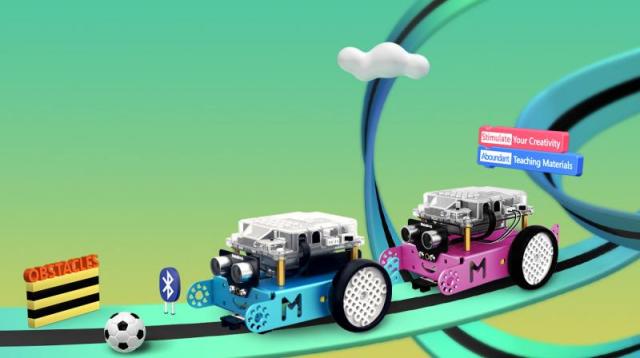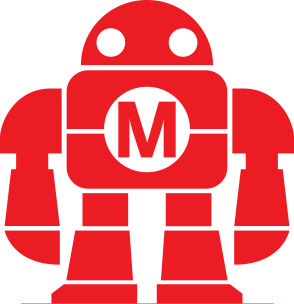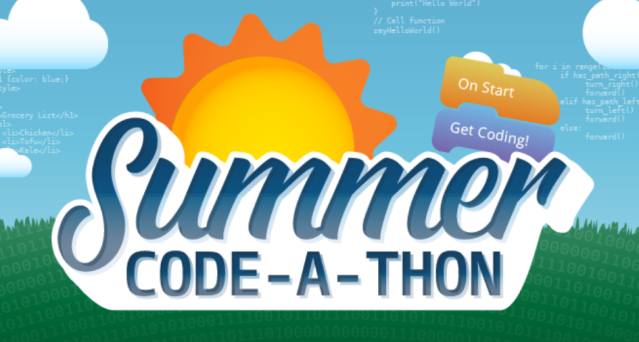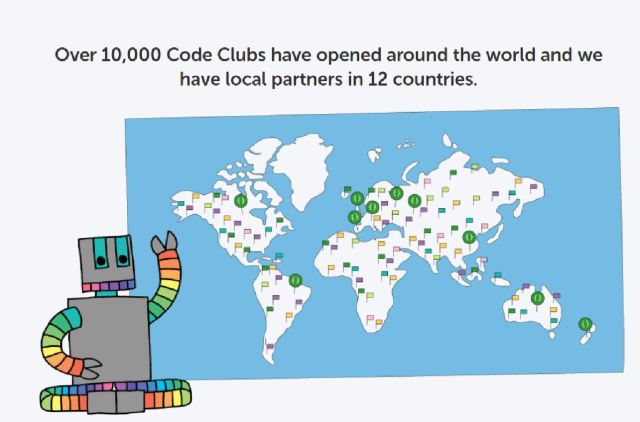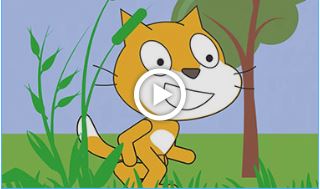
Hi,
I am sharing how I help my son’s school start a school coding program (a part of STEM initiatives). Many school these days have a program related to coding or MAKER space but one thing for sure is a bit pricy if those programs are hosted by an education vendor outside. The program we hosted was mostly based on parents or volunteer group so it was affordable and well received among parents.
1.Getting started
A few parents (who got involved in after school coding program) submitted proposal to the school board and we got an acceptance. We started 2-3 volunteer parents who help administration (enrollment, snacks, logistics, etc) and actual teaching. We did about 12 weeks long program every other week. This format is not required but it was a good start based on how many volunteer parents got involved. We rotated 2 teachers every other time so that each teacher can prepare curriculum only 6 weeks. We opened finally the program and enrollment fee was only around $60 for the entire 12 sessions. We had MAX around 8-12 students (from 5th to 8th graders) in our program (based on volunteer group size).
2.Teaching materials
We covered using Scratch (MIT developed visual programming) as a main program. There are many syllabus out there you can easily download and it didn’t take much time for teaching parents to prep for the program. We also bought mbot (https://www.makeblock.com/steam-kits/mbot) robots (about 6 of them) so that we can cover 12 students (each team [team of two] can have one robot). The beauty of mbot is to leverage Scratch coding to learn / control robotics engine. Also if you prepare more advanced version / mobile friendly version you can go for Codey Rocky (https://www.makeblock.com/steam-kits/codey-rocky)
3.Dynamics (guest speaker and field trip)
We invited a few quest speakers who are in the IT field to talk about their professions and visions. We also took students to a company field trip. We went to goDaddy office at the end of the program. Students enjoyed the company tour as well as all those swags. We also planned to go volunteer works (actually teach coding) in the undeserved area so that students can be teachers next time to share their learning. It was amazing to see how 6th grader actually can help and teach other younger kids.
Please feel free to contact me for any question to coordinate school coding club or even in the community.



